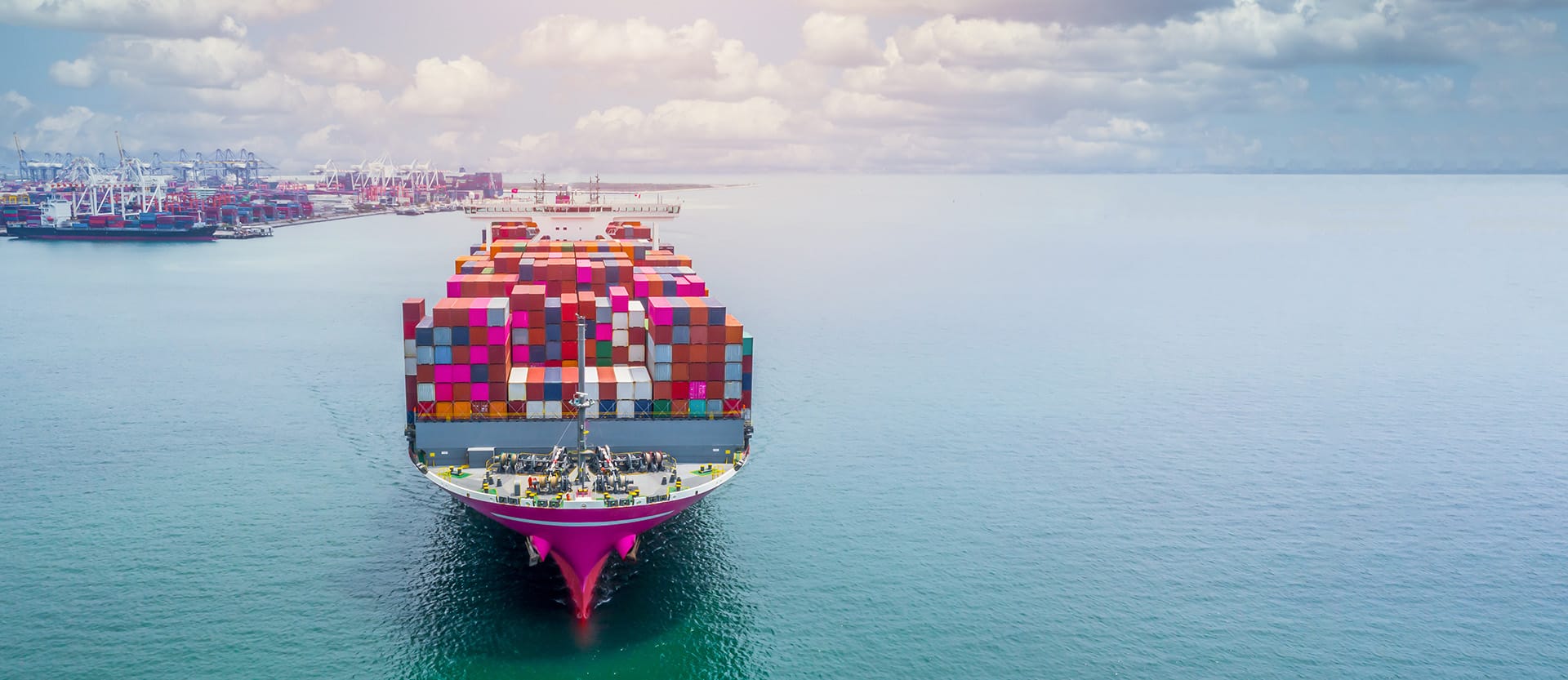Five Major Ship Types of Sea Transport Used for Freight

Traveling by ocean has introduced many types of sea transport options available today. Whether the purposes are transporting freight, materials, or passengers, there are different ships used for different reasons. These ships are categorized by these factors alone.
Most freight ships have basic physical commonalities. These include the same forepeak tanks used to add weights for stability, the engine room being found below the main deck, and tanks found on both sides of the ship’s shaft alley. However, these tanks will carry liquids dependant on the type of ship. They could be fuel oil, lube oil, fresh water, or other liquids.
Below we will go into the 5 major types of freight ships used for transport. These are:
- Bulk Carriers
- General Cargo Ships
- Container Ships
- Tankers
- Barges
BULK CARRIERS
Bulk carrier ships are seen with large hydraulic hatches covering their folds. These types of ships are used to transport grain, ore, wood ships and other materials/products down into a hold. They are sent to be load-on and off at special ports. The average bulk carrier is around 800 feet long.
GENERAL CARGO SHIPS
Like the Bulk Carriers, these ships have large hydraulic hatches covering the holds along with overhead rigging. They can have four to five holds (a hold is also called the cargo space) and long protruding rigging for winches. Some of these ships can be special and have refrigerated spaces to carry perishable items. They are normally 500 feet.
CONTAINER SHIPS
A standard in freight types of sea transport, these are the primary ships used today. They are designed to carry large steel containers that are normally 20 and/or 40 feet long. Large cranes and help from trucks assist in loading up and off of these ships. They are some container ships that are designed where the bow opens up and smaller ships called barges are pulled in.
TANKERS
Tankers are the most common ships that haul oil. Although there are many types of tankers that carry different types of liquids and gases, they are all generally the same in their use. Tankers can be spotted by their large surface area protruding from the main deck. This is to load on and off the cargo.
Tankers can come in many different sizes with the largest one sporting a length of nearly a quarter mile long.
BARGES
These vessels normally require a towboat to move or can be used with container ships. Barges are used to primary move three types of cargo: grain & ore, containers, and liquid & gases. Essentially these can be thought of the miniature versions of cargo ships, container ships, and tankers.
By having these different types of sea transport allows for carriers to pick and choose the one most fitting for the job. It wouldn’t make sense to standardize one ship to fit all – although most of these ships can be used uniquely to transport their unintended cargos.
For more information by visiting our page on sea freight transport. Learn about how sea freight shipping works and when the best time to use ocean transport vs. air transport.
